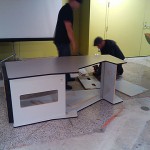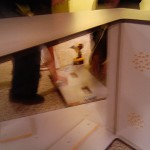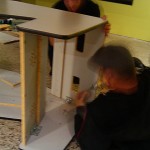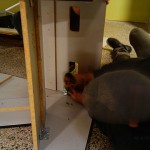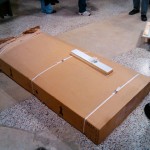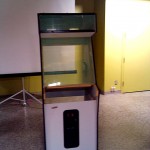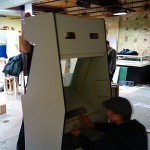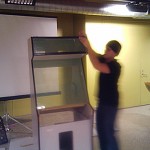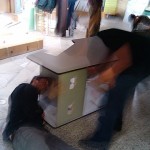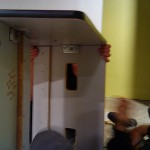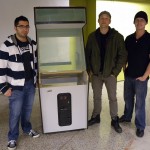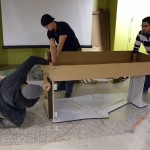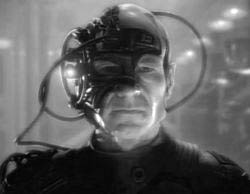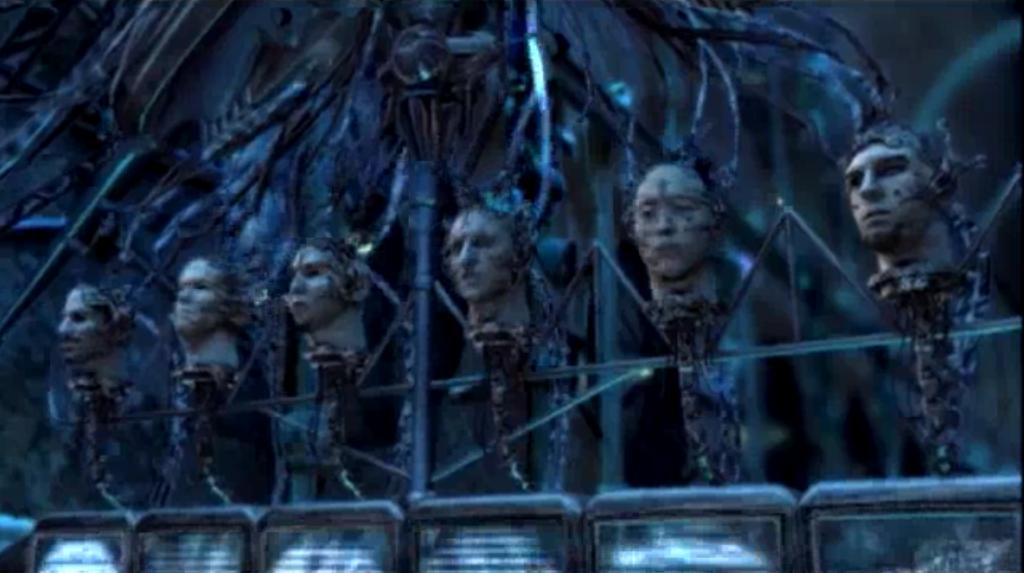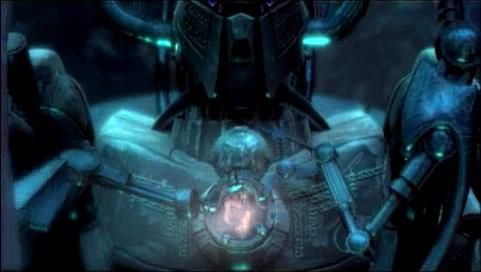In the section “The Will to Evolve” by Jane Goodall from Stelarc’s Monograph, she outlines Stelarc’s newest concept project at the time of this text’s inception. She describes it as:
“a gallery installation, and the planning focuses on the moment when visitors walk in off the street to experience a first encounter with the avatar. The head will turn, perhaps making a remark based on visual information that it has picked up from the person’s behaviour or appearance. Visitors approach a keyboard to begin dialogue with it, but a sensor cues a comment before they actually touch the keys. The head gets the first word and appears ‘seductively intelligent.’ The conversation has begun. Its development will depend on two things. One is the artificial intelligence program built into the head, which will be designed on evolutionary principles so that it learns from interaction-selecting, picking up, and imitating patterns of dialogue that are effectively in generating responses. The other is the assumption and inferences programmed into the human participant, who will automatically read intelligence into certain kinds of facial expression or comments. Thus a minimal set of programmed actions may generate a continually diversifying range of interactive possibilities” (27)
While our cabinet lacks the time, know how, and backing capital to invest into something as complex as what Stelarc has proposed, our project utilizes a similar presentation scheme. The obvious difference that our projects displays compared to Stelarc’s are as follows:
- Our project is presented in an arcade MAME cabinet resembling an actual classic arcade machine.
- Regardless of whether or not the participant engaging with the cabinet says the first word, Nobody will not listen. Nobody only speaks when the participant successfully locates the button that correctly produces the word or part of the complete sentence. Even then, users will not know entirely what the meaning is behind the part of the sentence is until the entire message is uncovered.
- Nobody will react to users, but not by recognition of facial expressions or communication. Instead, Nobody will move as the user decides how it should move (or so they think).
- Nobody will move, display facial expressions, and other interesting happenings, but not on its own, essentially not appearing ‘seductively intelligent’
The effect we hope to achieve with the way our cabinet is presented is for the user to recognize the ‘self’ inside of the cabinet, as well as recognize that the ‘head’ of Nobody has been fashioned into a prosthetic of sorts. Nobody’s head and speech functions will become completely subservient to the user’s actions. We have essentially prostheticized a biological organism. What does this mean exactly? Well that’s what we want our participants to think about while engaging with our cabinets.


